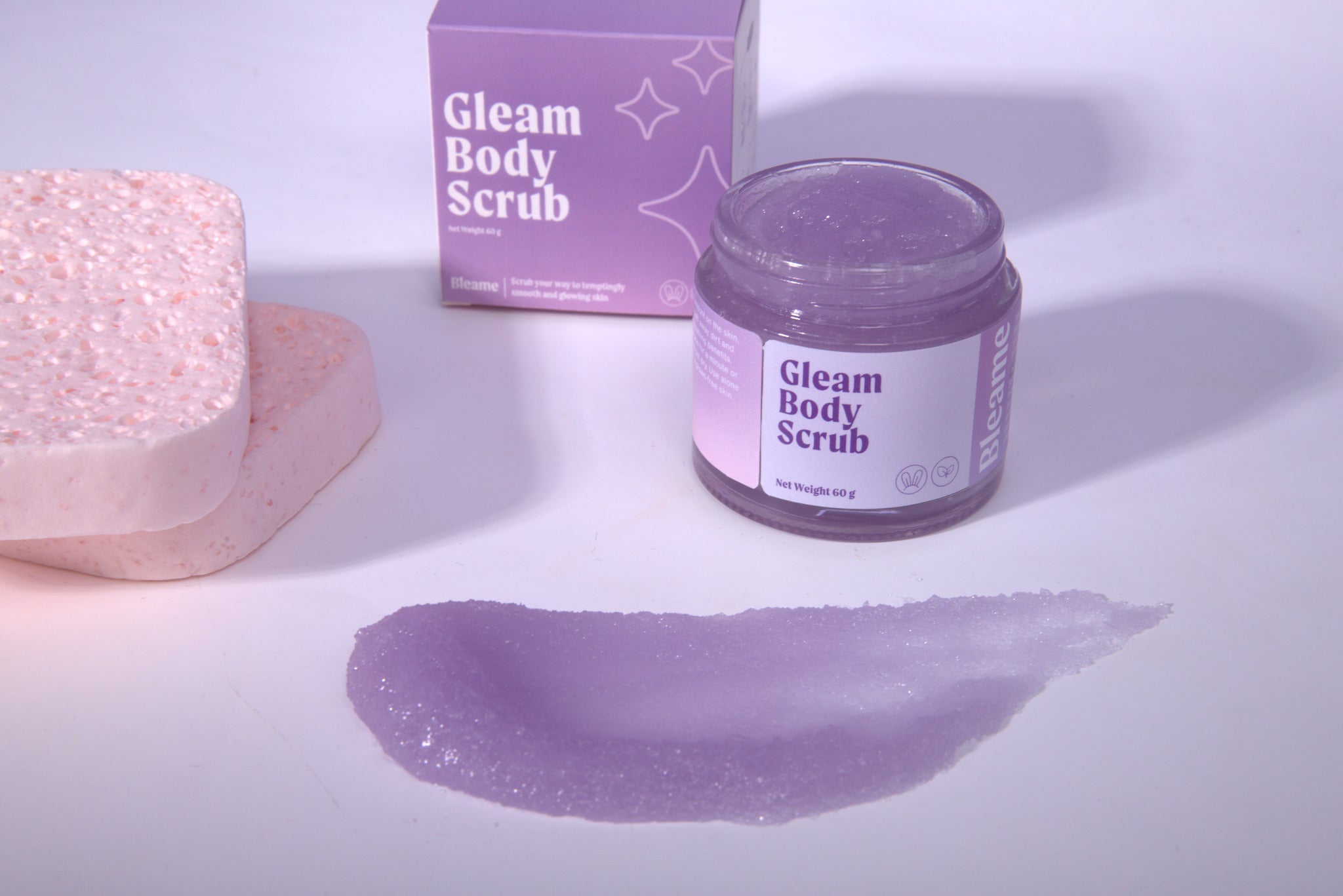Exfoliation is key to your skin's health. We’ve talked about in our previous blog that as we age, our cell regeneration slows down. This means that our body is slower to shed skin cells and generate new ones. When dead skin cells start to pile up on the surface of our skin, it can leave our skin looking dull, rough, and dry. Most importantly, the build-up of dead skin cells can result in excess oil and clogged pores, leading to blemishes and acne. And we don't want that!
This is why it's important to consider exfoliation as part of your daily skincare routine.
But what kind of exfoliation does your skin need and require? There are two types of exfoliation: physical or mechanical, and chemical. The best kind of exfoliants will depend on your complexion and skin concerns. A professional esthetician can help you choose the method most appropriate for you in case you have sensitive skin or other skin conditions.
First, physical or mechanical exfoliation is the type of exfoliation most people know best and apply. It involves using your hands to manually slough off dead skin cells with textured products or tools. These products may be granular scrubs, textured cloths, cleansing sponges or brushes, and electrical exfoliating tools. So treatments like microdermabrasion and dermaplaning fall under this category.
What manual exfoliators are good for is removing dead skin cells on the surface without over-drying the skin. Scrubs and polishes are great all year round, yet some that contain microbeads or have rough surfaces may still be a little harsh for the skin and can cause tiny, invisible cuts that may lead to inflation or skin irritation. Make sure that the exfoliants you choose are gentle.
Most people use manual exfoliation on a regular basis and reserve chemical exfoliation for more intermittent use. And the reason? Chemical exfoliation provides a deeper level of exfoliation that may remove the top layer of our skin, greatly accelerating cell turnover and reducing the appearance of dry skin and fine lines. All skin types can use chemical exfoliants like alpha or beta hydroxy acid peels and masks, which offer a thorough amount of exfoliation.
 Photo by Polina Kovaleva from Pexels
Photo by Polina Kovaleva from Pexels
When using chemical exfoliants, the skin should be well cleaned beforehand so that it is very smooth and supple when the product is applied. After exfoliating your skin, we advise moisturizing it with cream or lotion to avoid dehydration.









